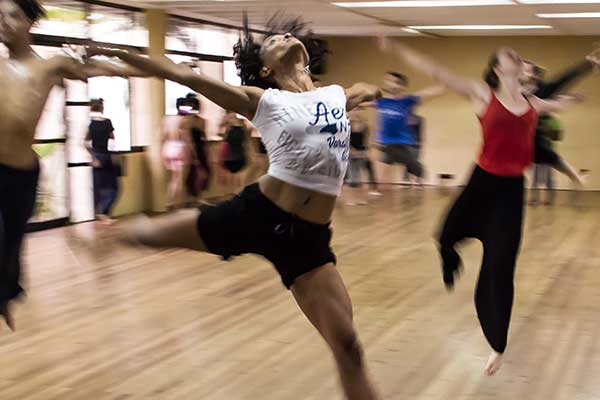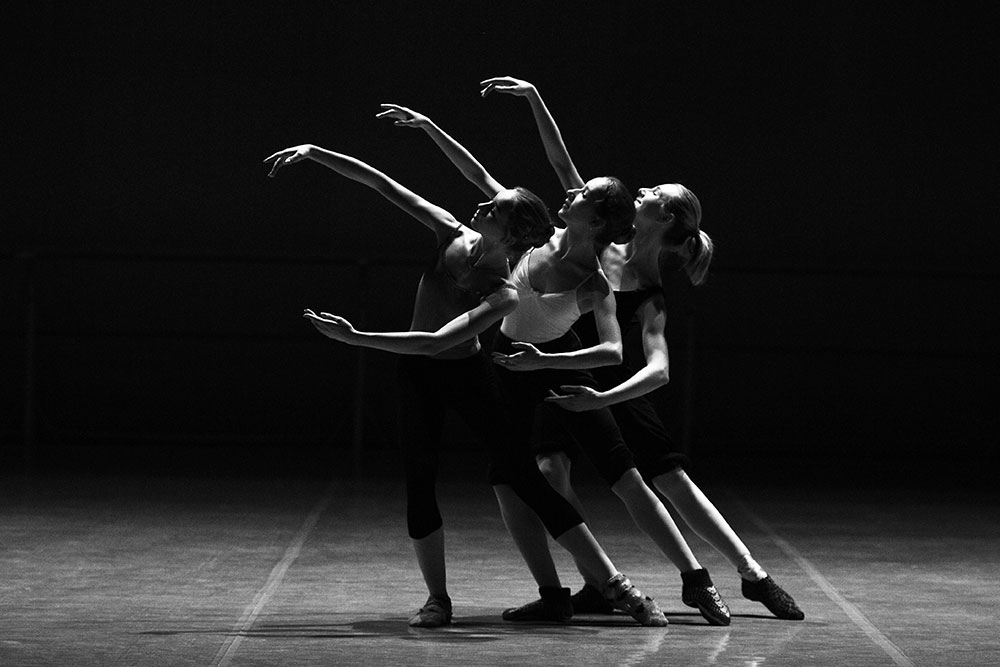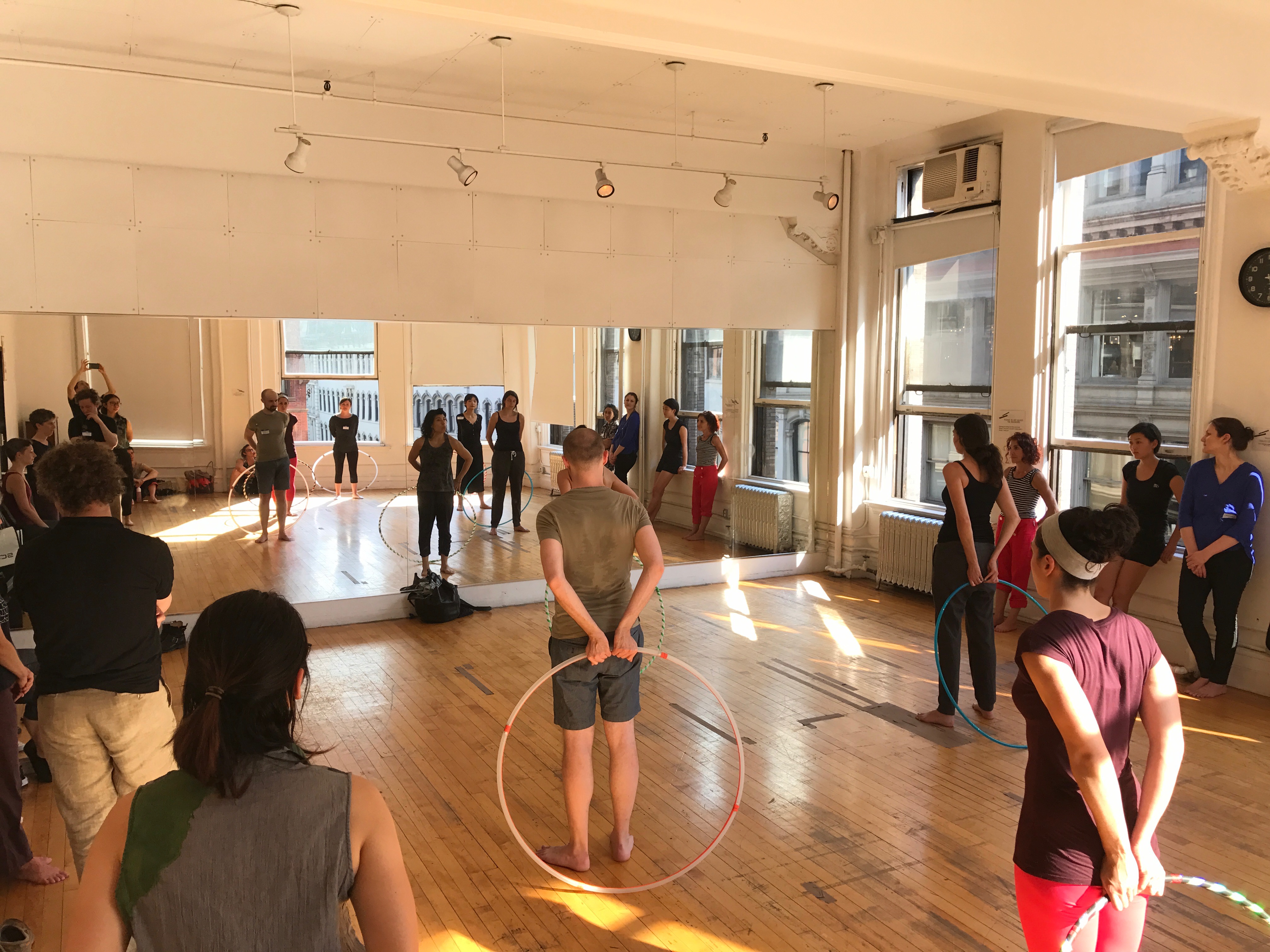Find Your Rhythm Through Hula Hooping
Gabrielle Revlock Edited by: Julia C. Basso, PhD Rhythm is the brain’s bread and butter. In fact, neurons fire together in rhythmic patterns called oscillations. These brain rhythms keep time, allowing us to track time and space, understand where we are in the world, and learn and remember information about our experiences. When we begin








